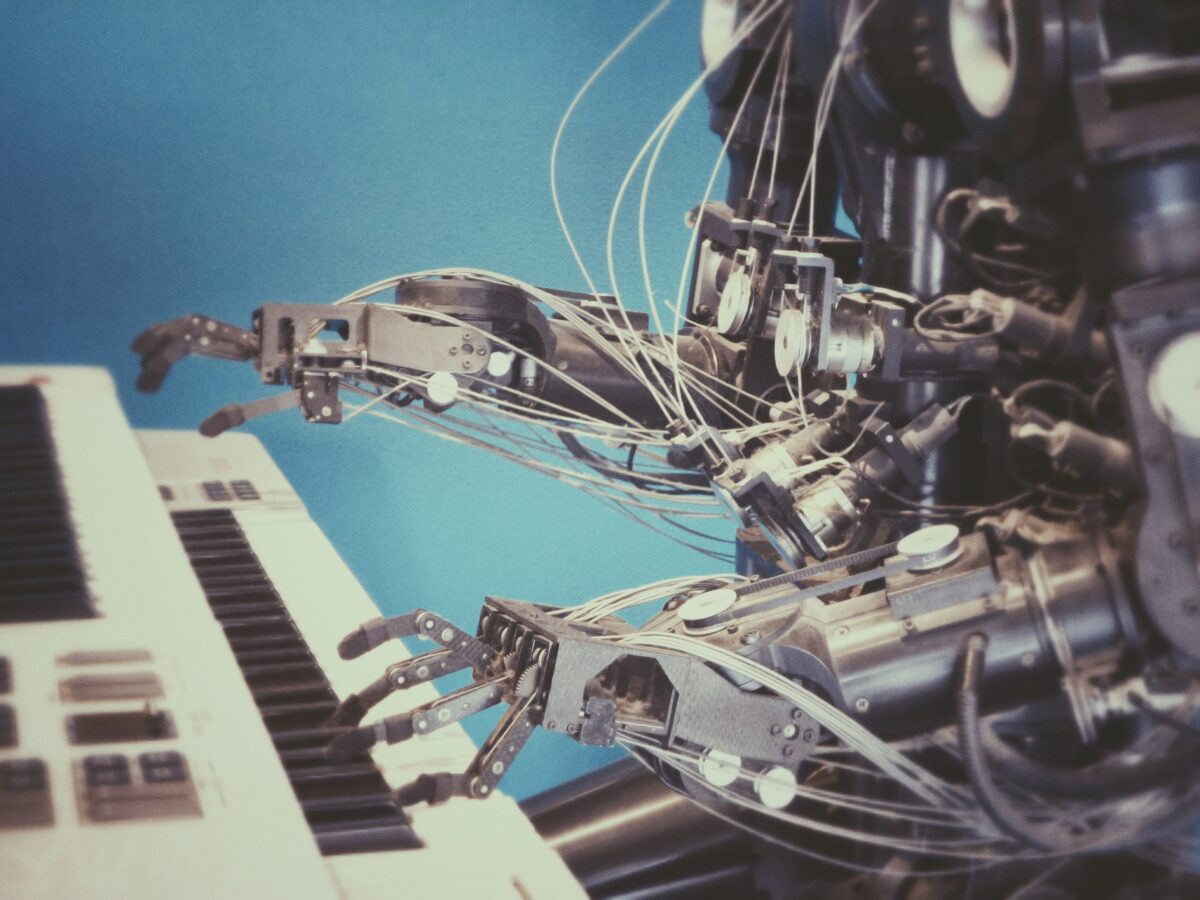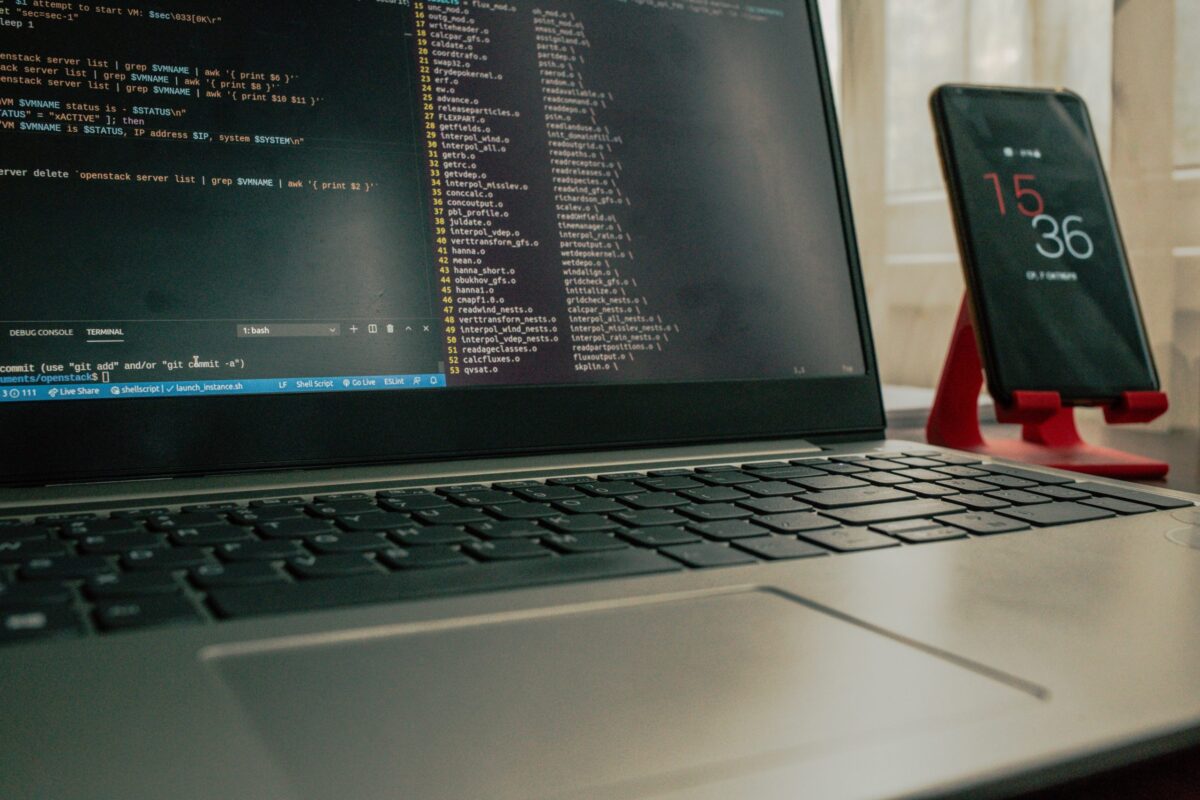

Technological change is the only constant in today’s business world, disrupting everything from large organizations to small start-ups. Disruption affects everyone, but will you be the disruptor or the disrupted? You must pay close attention to the Hard Trends shaping the future of your industry, your business, and the outside world to identify opportunities used to innovate and grow rapidly, additionally using those Hard Trends to solve any problems your organization and customers might have before they occur.
The Power of Shared Understandings and Definitions
The shared definition and understanding of the words we use is an issue in business. While several companies are on course to use artificial intelligence (AI), machine learning (ML), and deep learning (DL), others hardly understand the fundamental differences between these powerful technologies. How can one be successful, much less disruptive, when they themselves do not differentiate between AI, ML, and DL?
Recently, technology company Sage conducted surveys pertaining to AI and individuals’ understanding of it. Unfortunately, 43% of respondents in the US and 47% of respondents in the UK indicated they had no idea what AI is capable of in business.
In addition to under-education, many vendors rush different AI solutions to market before the ultimate decision-makers and buyers understand what they need or what the technology could actually do for their companies, causing confusion both internally and externally. Add in those other AI subcategories, ML and DL, and the convolution furthers.
While advising leaders of different backgrounds around the world, I found that we all have different definitions of and understandings about AI and its counterparts. For example, I was invited to participate in a high-level strategy meeting regarding AI in Washington, DC, among experts from the Department of Defense, DARPA, and several major defense contractors.
Before the meeting began, I heard discussions regarding what some were doing with deep learning, and others were talking about the results they received from machine learning. Wondering if we all mutually understood the discussion at hand, I asked one of the experts to give their definition of machine learning, asking another thereafter. By the third person, it was clear we all had different definitions for the same thing.
A similar result occurred when I asked for the definition of deep learning, and, to my surprise, even the definition of artificial intelligence varied amongst the participants.
If we are sharing how we apply a technology but with different definitions and understandings of what it actually is, we are not effectively communicating or collaborating. In actuality, we create more problems going forward. Therefore, in my example, we spent the next part of the meeting crafting definitions that everyone agreed on.
What Exactly Is AI ∙ Machine Learning ∙ Deep Learning
Artificial intelligence applies to computing systems designed to perform tasks usually reserved for human intelligence using logic, if-then rules, and decision trees. AI recognizes patterns from vast amounts of quality data providing insights, predicting outcomes, and making complex decisions.
Machine learning is a subset of AI that utilizes advanced statistical techniques to enable computing systems to improve at tasks with experience over time. Chatbots like Amazon’s Alexa and Apple’s Siri improve every year thanks to constant use by consumers coupled with the machine learning that takes place in the background.
Deep learning is a subset of machine learning that uses advanced algorithms to enable an AI system to train itself to perform tasks by exposing multilayered neural networks to vast amounts of data. It then uses what it learns to recognize new patterns contained in the data. Learning can be human-supervised learning, unsupervised learning, and/or reinforcement learning like Google used with DeepMind to learn how to beat humans at the game Go.
Autonomous computing uses advanced AI tools like deep learning to enable systems to be self-governing and capable of acting according to situational data without human command. AI autonomy includes perception, high-speed analytics, machine-to-machine communications, and movement. Autonomous vehicles use these features to pilot a vehicle without a human driver.
Augmented thinking: As AI becomes more integrated into objects, processes, products, and services, humans will augment their personal problem-solving and decision-making abilities with the insights AI provides.
It is critical for leaders and employees alike to develop a firm understanding of the fundamental differences between AI, ML, and DL. The increasing levels of business insights that can be gained from a shared understanding of AI is evident when understanding exactly how these ever-growing, disruptive technologies can be harnessed by your organization.
It is imperative for organizations and leaders to go beyond reacting quickly. Becoming anticipatory by paying attention to the Hard Trends that will happen and solving problems before they occur is imperative. Understanding AI technologies and how they build upon one another is a great start, helping your organization move swiftly into the future.



















